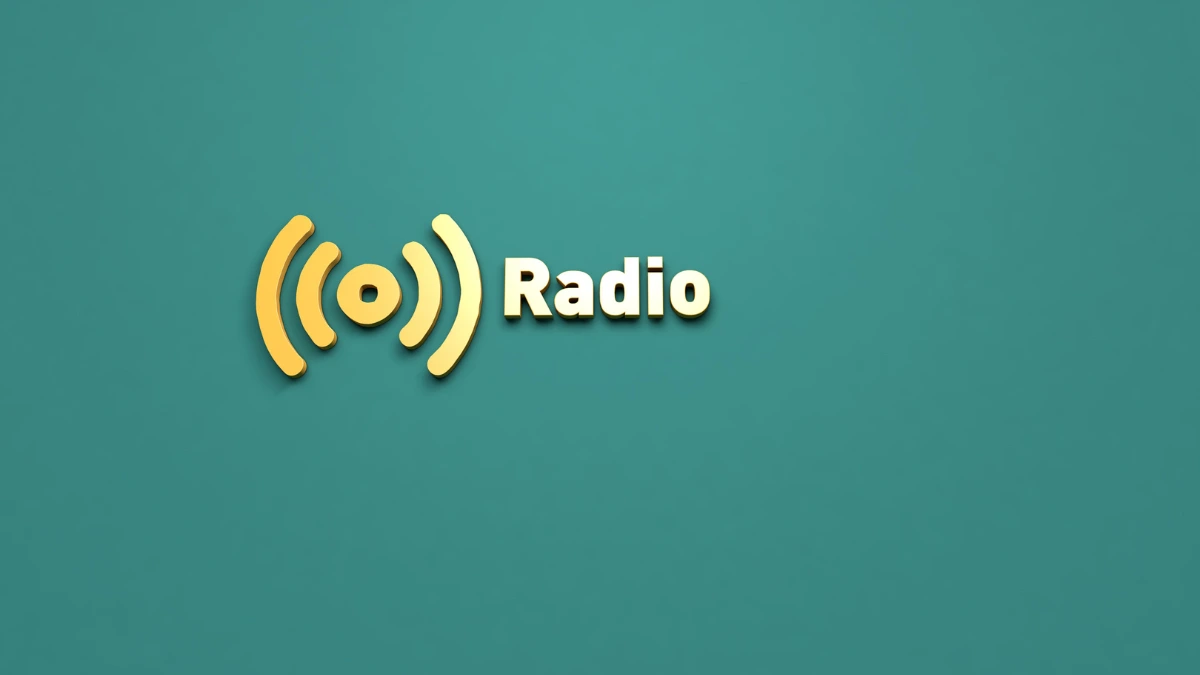Did you know that there are modems that do not rely on the internet and cellular communication technology? Yes, they are called radio modems.
Sectors that require high reliability and wide coverage without dependence on public networks often use radio modems.
Are you familiar with this older technology that still holds a special place amidst the current surge of internet-based technologies?
This article will provide information about radio modems, including their definition, how they work, their functions, examples of their applications, and their regulations in Indonesia.
What is Radio Modem?

A radio modem is an electronic device that functions similarly to a regular modem. The difference is that a radio modem does not require cables or an internet connection.
This device is capable of wirelessly sending or receiving digital data via radio waves using a specific frequency. Despite using radio waves, this modem has a range of up to tens of kilometers.
A radio modem is suitable for those who require real-time data communication over a certain distance without the need for cable infrastructure or cellular networks. For example, in mining sites, forests, open seas, or remote areas with limited signal coverage.
How Does a Radio Modem Work?

In principle, a radio modem works by converting digital data into radio signals that can be transmitted over long distances, and vice versa, converting the received radio signals back into digital data. Here is how it works in detail:
- Modulation: Digital data from a device (e.g., a sensor or computer) is converted into radio signals at a specific frequency.
- Transmission: The radio signal propagates as an electromagnetic wave transmitted through an antenna into the air.
- Reception: The radio modem on the receiving end captures the radio signal via its antenna.
- Demodulation: The radio signal is converted back into digital data so it can be read by the receiving device.
The Functions of Radio Modem
The main function of the radio modem is to send or receive digital data via radio waves. The following are its functions:
- Wireless communication devices: Enable two-way or more communication to send and receive information wirelessly via the radio spectrum.
- Private radio network (PRN): Enables secure and reliable data communication within a limited area.
- Used in various fields: Not only in industry, these devices are also used for environmental monitoring, meteorology, and security systems.
The Application Example of Radio Modem

With many functions provided by the radio modem, this tool is applied in SCDA systems, telemetry, and even vehicle tracking systems. The following are examples of the application:
1. SCDA system Supervisory Control and Data Acquisition (SCDA) is one example that applies to radio modems. Data from sensors and devices in the field are sent by radio modem to a control center, such as those in utility monitoring systems (water, gas, and electricity) or environmental monitoring.
2. Security systems One example of the application of modems is also applied to security systems. The device is used to transmit alarm signals from security devices (motion or door sensors) to the surveillance center.
3. Telemetry Radio modems are also applied to telemetry in sending data from a distance. The data sent is usually meteorological or sensor data in research projects.
4. Mesh network This modem can be configured in mesh mode to form a wide and flexible network. Each modem will be able to communicate with other modems in the vicinity within a certain distance.
5. Vehicle tracking systems Vehicle tracking systems are another example of the application of radio modems. Devices installed in transportation fleets or delivery vehicles allow them to track the location of vehicles in real-time.
Radio Modem Regulation in Indonesia

Radio modem products that are sold in Indonesia must be certified by the Directorate General of Digital Infrastructure (DJID) under the Ministry of Communication and Digital (KOMDIGI). This is based on PERDIRJEN No. 269 Tahun 2009, which requires all radio frequency-based devices to meet specific technical standards before being sold in the country.
DJID certification ensures that the product meets government safety and quality regulations and does not interfere with other communication devices. The certification process involves technical testing, such as frequency adjustments, safety checks, and compatibility with the surrounding environment.
Once the tests are completed, products that pass are listed in a Test Result Report, which confirms that the product is safe and ready for sale in Indonesia. This report reassures customers that the product meets technical standards and is secure.
For companies wanting to sell a radio modem in Indonesia, Type Approval Certification Services for ICT Products are available to assist with this process. This service includes preparing technical and legal documents, conducting required testing, ensuring compliance with regulations, helping companies streamline the certification process, and giving consumers confidence in certified products.